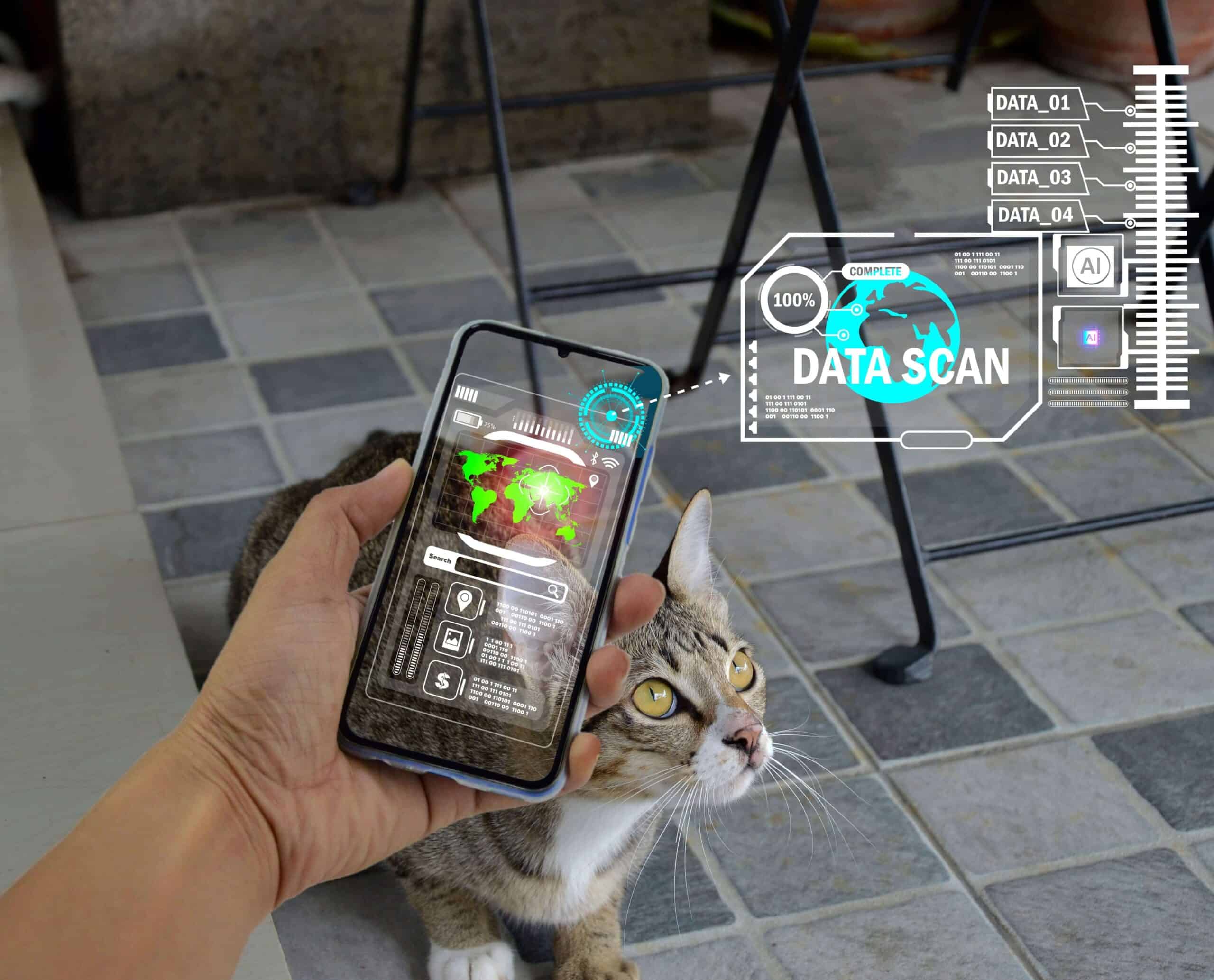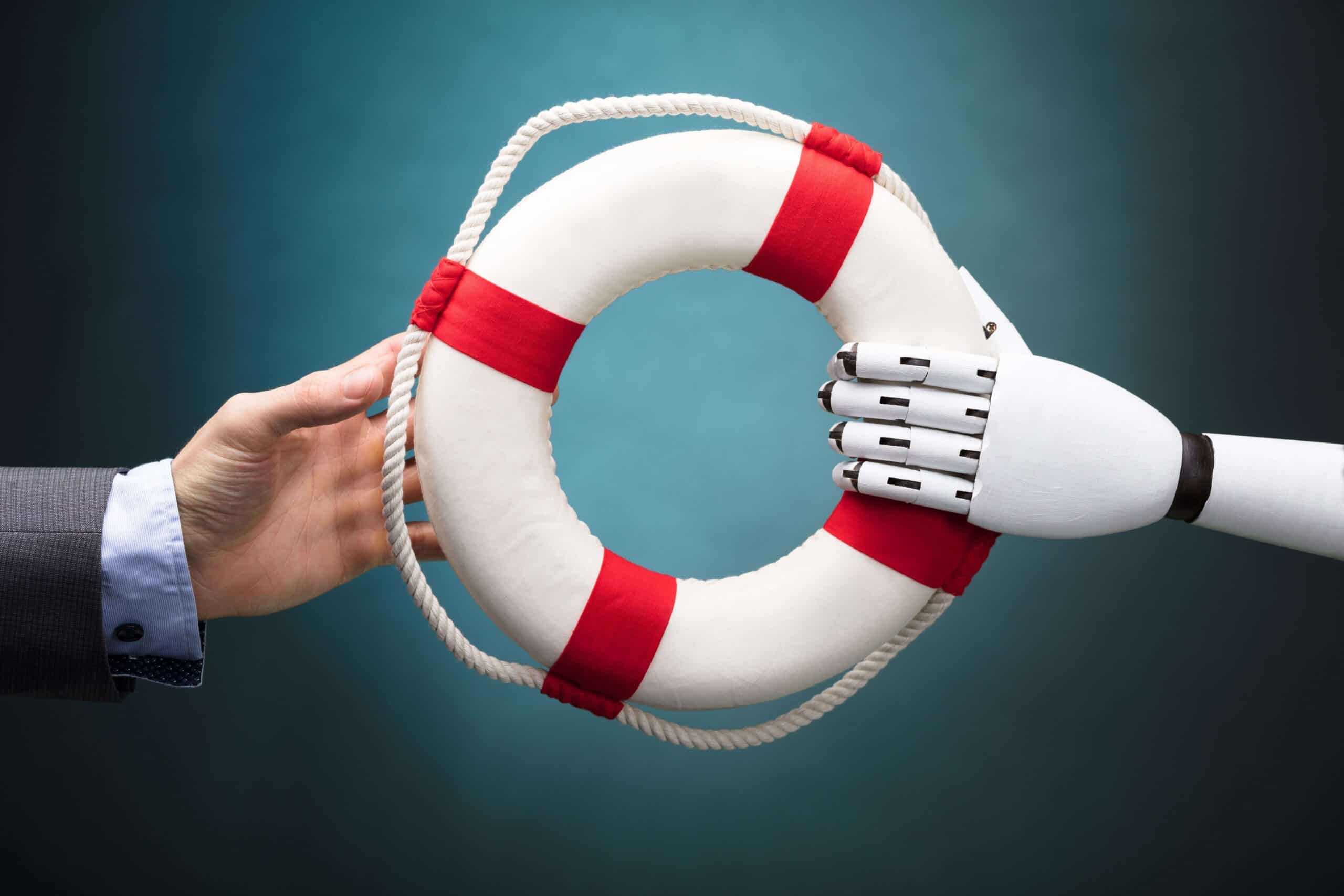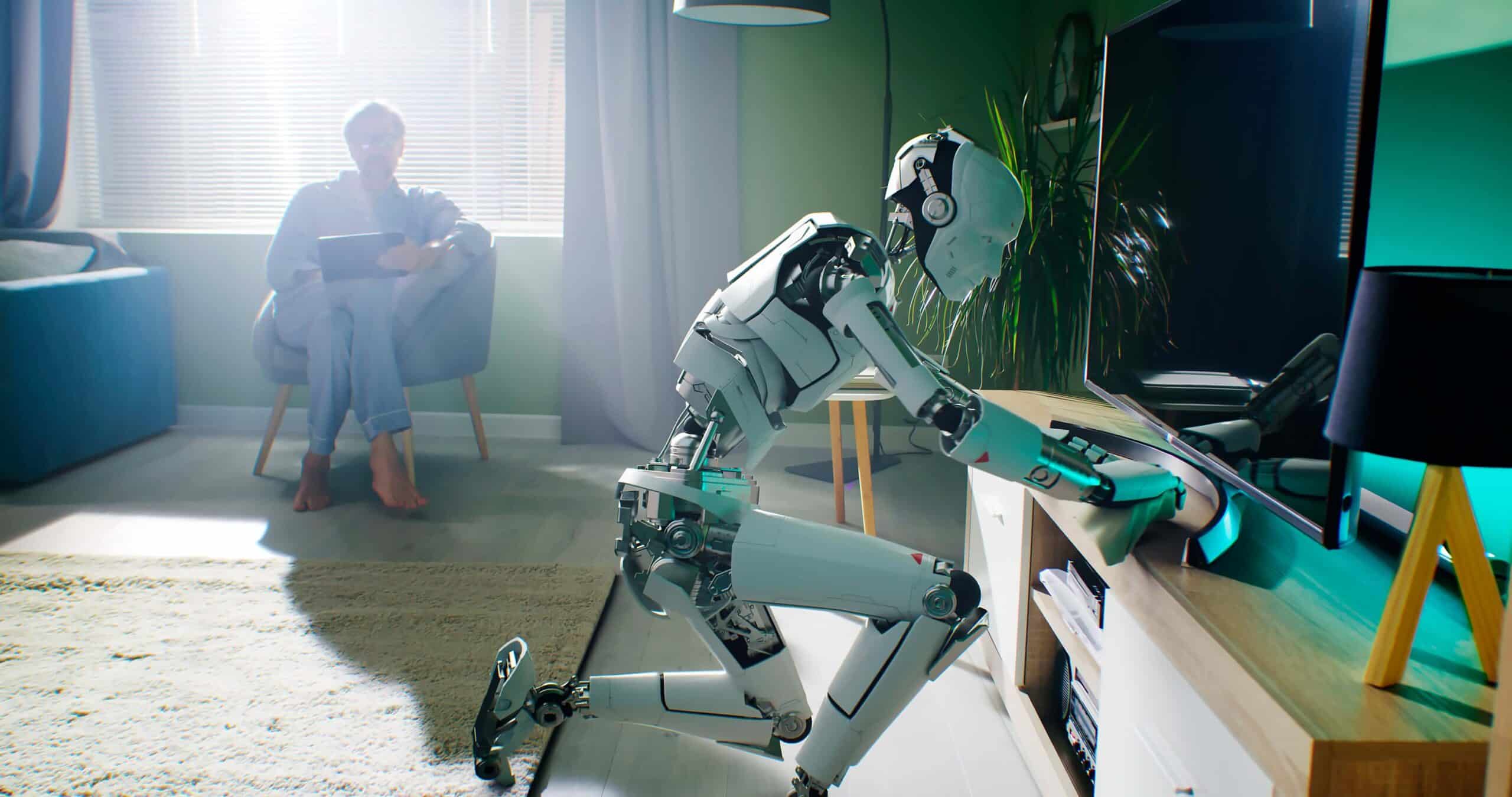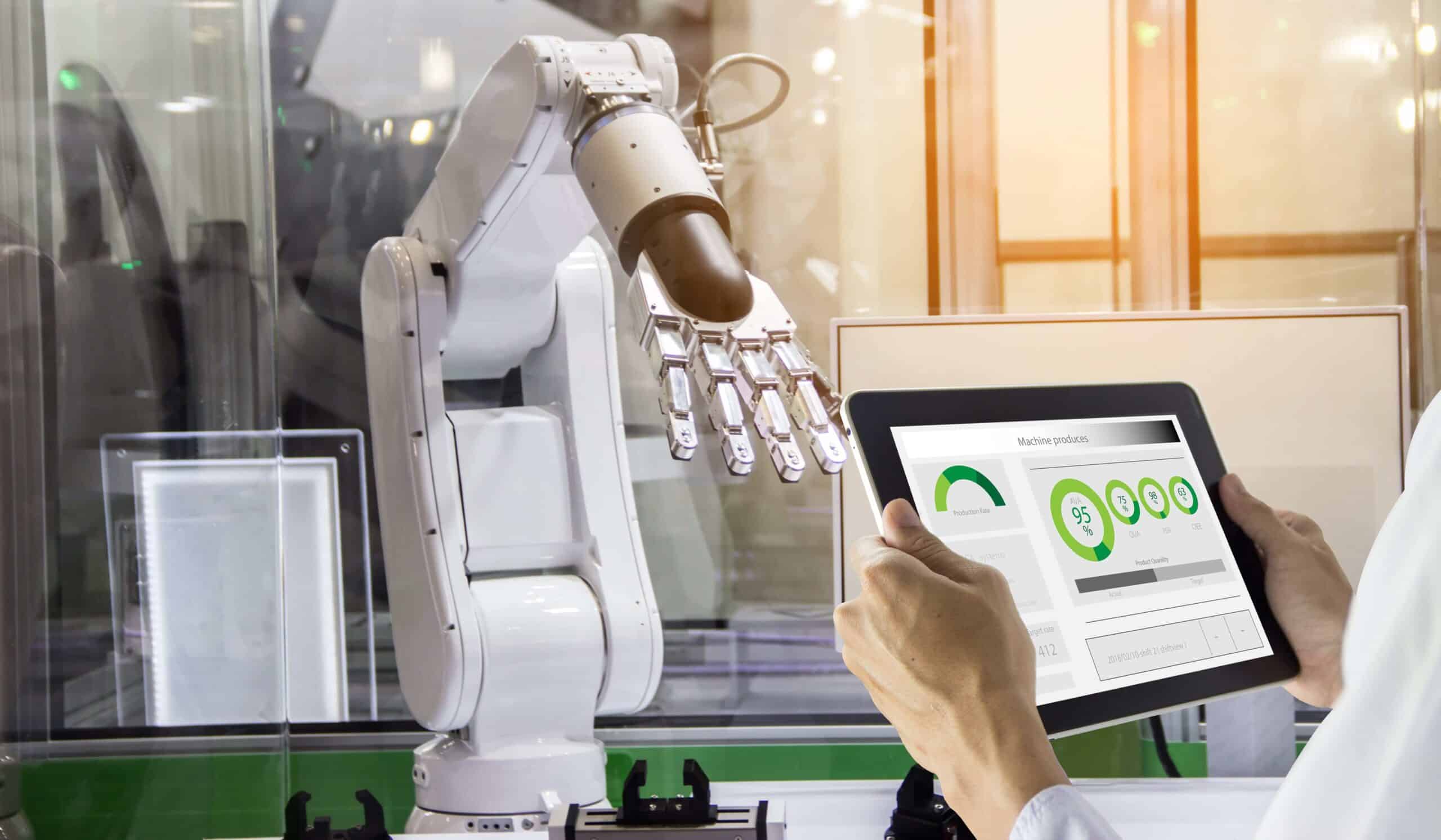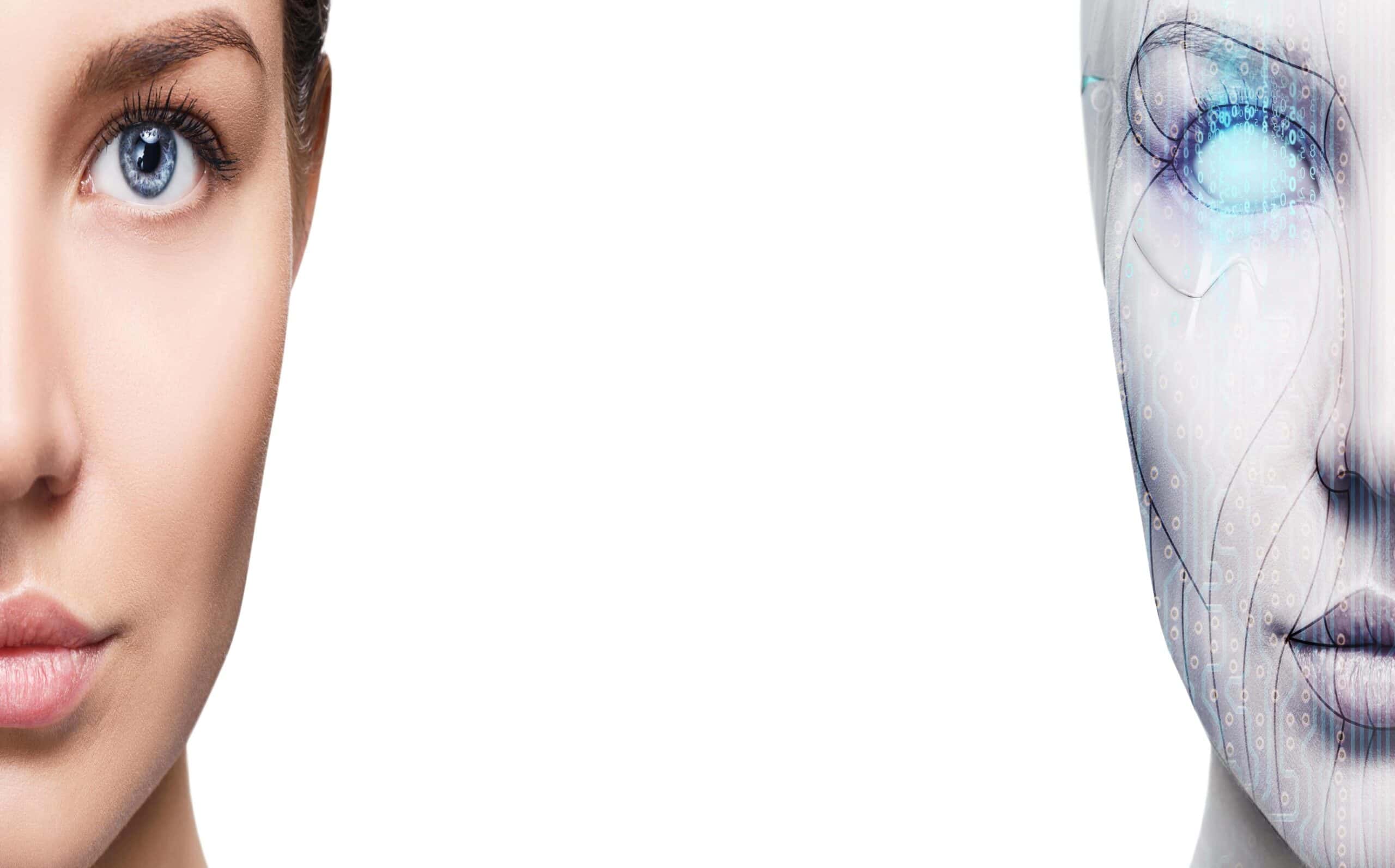- Kurzweil predicts that ‘the nonbiological intelligence created in 2045 will be one billion times more powerful than all human intelligence today.’
- He believes in the possibility of designing technologies that can replace biological functions.
- He successfully predicted cyborgs and brain implants.
Ray Kurzweil, inventor, scientist, author, and trendwatcher, insists that the power of the human mind can change the future. And throughout his life, he’s been trying to prove this point in his trendwatching. Never hesitant about our human potential, he advocates for improvement in every way possible, and his faith in our future is inspiring.
Early beginnings
Raymond Kurzweil was born on 12th February, 1948, in Queens, New York. At the age of five, while playing with disassembled toys, he discovered that he wanted to be an inventor. Seven years later, he developed a statistical program for the forerunner of Head Start (a US Department of Health and Human Service program that provides health and nutrition care to poor families). As a teenager, Kurzweil introduced a computer system that was able to produce musical compositions. This came as a huge surprise to others, of course, but not to him; as an extraordinary seventeen-year old boy, his mind was ripe with invention.
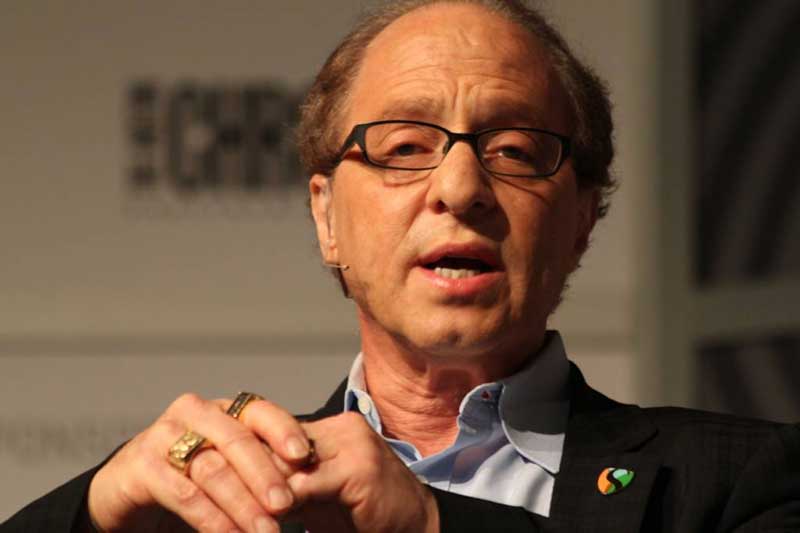
Kurzweil’s legacy and accomplishments
Post MIT, Kurzweil changed everyday life for many of us. The idea behind each of his creations is to make life easier – and happiness more accessible. At a young age, he was familiar with the troubles people with disabilities face and he wanted to make their life easier. He often spent time volunteering with disabled children, helping them to improve their communication skills. Kurzweil’s Reading Machine was a direct result. Developed in 1976, it allowed blind people to read magazines, documents, and books. The Reading Machine could read ordinary printed materials out loud, making non-Braille literature accessible to the blind. His interest in the blind has been lifelong, and his last invention to help people with visual impairments was a cellphone reader.
Using this, a blind person is able to take a picture of a document, after which the Reader reads them the content, much like the Reading Machine does. Another helpful discovery was Kurzweil Voice, which helped people who were unable to use their hands due to a loss of motor control. Using this machine, they can write by slowly speaking to their computers. As you can see, one invention lead to another, and Kurzweil’s interests are manifold. Consider his collaboration with Stevie Wonder, for instance. The final result of their close friendship and cooperation was the Kurzweil 250, a breakthrough in musical technology and the first keyboard to reproduce grand piano sounds.
Not content with inventions only, Kurzweil also enjoys writing. His top selling books include The Age of Intelligent Machines (1990), The Age of Spiritual Machines: When Computers Exceed Human Intelligence (2000), and The Singularity Is Near (2006). His predictions can be polarising, however, and readers were initially sceptical about The Singularity Is Now, in which he explains the coming of machine intelligence that far exceeds our own. Many found him overly enthusiastic, perhaps even naive, about this monumental event but others embraced his analyses. Indeed, Bill Gates once said that “Ray Kurzweil is the best person I know at predicting the future of artificial intelligence.”
Immortality: still a myth?
Now an executive at Google, Kurzweil believes that with the improvement of human intelligence there will be an extension of human life, even to the point of immortality. With this in mind, he takes more than 200 different vitamin supplements every day, gets his blood checked regularly, and has intravenous treatments every week. ”I slowed down aging to a crawl,” he said.
Even in health, he’s been inventing. At the age of 35, Kurzweil was diagnosed with type 2 diabetes. That wasn’t a huge surprise since his father and grandfather both died from heart disease. But he decided not to follow the usual program for diabetes patients. Instead, he adjusted his nutrition and lifestyle, lost weight, and discovered the benefits of supplements. For the past two decades, Kurzweil has been diabetes free. He works out regularly and feels like he’s in his forties. The goal for this 69 year old trendwatcher and futurist is to stay healthy until the singularity comes, because, according to him, that’s when medical technology will keep its promise of immortality. And Kurzweil’s hedging even that bet, creating a plan for his possible death in which his body would be cryogenically treated and stored until technology finds a way to revive him.
Ray Kurzweil’s predictions: prescient trendwatching
Artificial Intelligence
“And today, I’m pretty much at the median of what AI experts think and the public is kind of with them. Because the public has seen things like Siri (iPhone’s voice-recognition technology) where you talk to a computer, they’ve seen the Google self-driving cars. My views are not radical any more. I’ve actually stayed consistent. It’s the rest of the world that’s changing its view.”
Kurzweil’s predictions about AI were prescient. He claimed that, through neural engineering, it would one day be possible to design an artificial brain and technologies which could replace biological functions. Today, it’s more than evident that artificial intelligence will soon surpass the human brain in capacity and performance. Back in 1990, Kurzweil predicted that a computer would defeat a world chess champion by 1998. The first match of man vs. machine was held in Philadelphia in 1996, and won by Kasparov. However, in 1997, Kasparov lost to an IBM supercomputer, Deep Blue.
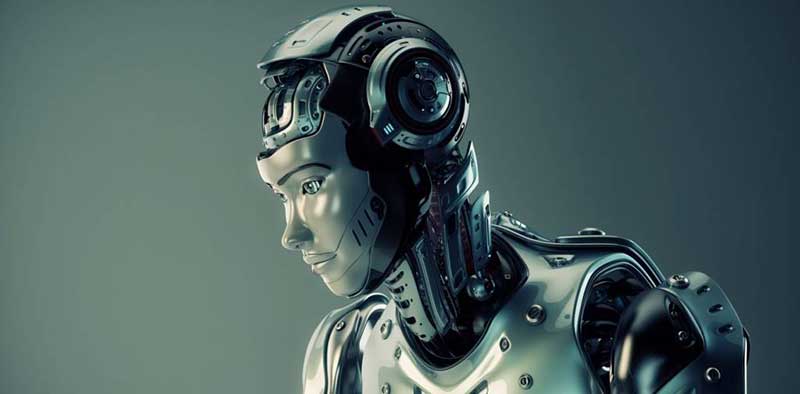
The Singularity
“I set the date for the Singularity—representing a profound and disruptive transformation in human capability—as 2045. The nonbiological intelligence created in that year will be one billion times more powerful than all human intelligence today.”
The Singularity is the moment—not too far off—at which machine intelligence surpasses our own, and Kurzweil’s predicted date has been generally accepted by AI experts. One impact of the Singularity is that it will allow human bodies and technology to merge into one. Those at the edge of the Singularity today are referred to as cyborgs.
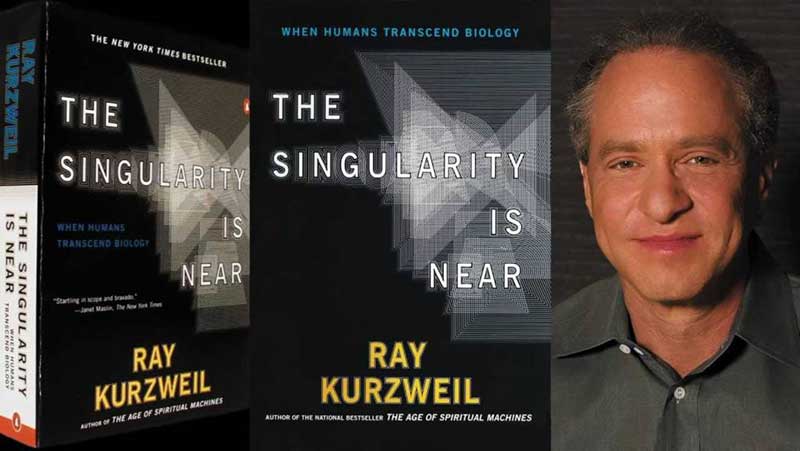
Cyborgs
“We’re going to gradually merge and enhance ourselves. In my view, that’s the nature of being human – we transcend our limitations.”
A Stockholm-based company is turning its employees into ‘cyborgs,’ using a microchip hand implant about the size of the tip of a match. The chips have changed the way employees interact with their office environment. With these implants, employees can open doors or even order snacks with a brief hand movement. And when it comes to body enhancing, or biohacking, MIT researchers developed temporary tattoos called DuoSkin that work as a trackpad for a device. They can even alert you when your partner is angry at you! DuoSkin does this through so-called ‘soft’ displays on the skin that register body heat with colour – thermochromics. The researchers explained that the colour change is triggered when the body “temperature exceeds the thermochromic pigments’ colour change threshold,“ meaning that emotions that raise or lower body temperature are visible to the naked eye. With ‘Couple Harmony,’ it is possible for couples to visualise the current mood of their partner. And there’s growing interest in magnetic implants that enable people to sense magnetic fields or detect iron levels.
Some people are already famous for their body implants. The artist Neil Harbisson, born colour blind, has an implant attached to his skull that serves as an antenna to detect colours and translate them into corresponding tones so he can hear what he sees. Amal Graafstra, a founder of a company called Dangerous Things, sells DIY implant kits. The hand implants are programmed to unlock a car, home, or computer with a wave of the hand. And Nigel Ackland has a bionic arm that allows him to independently move each of his five fingers to hold small objects.
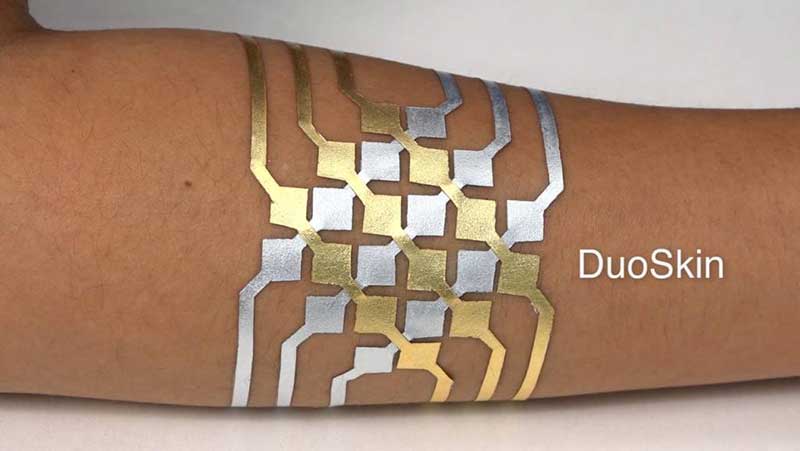
Bionic vision
“By 2015, we will have images input directly onto our retinas. This allows for a very high-resolution display that encompasses the entire visual field of view, yet is physically tiny.”
In 2015, Canadian optometrist Garth Webb introduced an intraocular bionic lens made from inert polymers. Once placed in a patient’s eye, it unfolds and merges with its physiological structure. The bionic lens can give you ‘super sight.’ “Its camera-like optics can shift focus from optical infinity to very close range more rapidly than the perceptual limits of the human brain,” improving vision to three times better than 20/20.
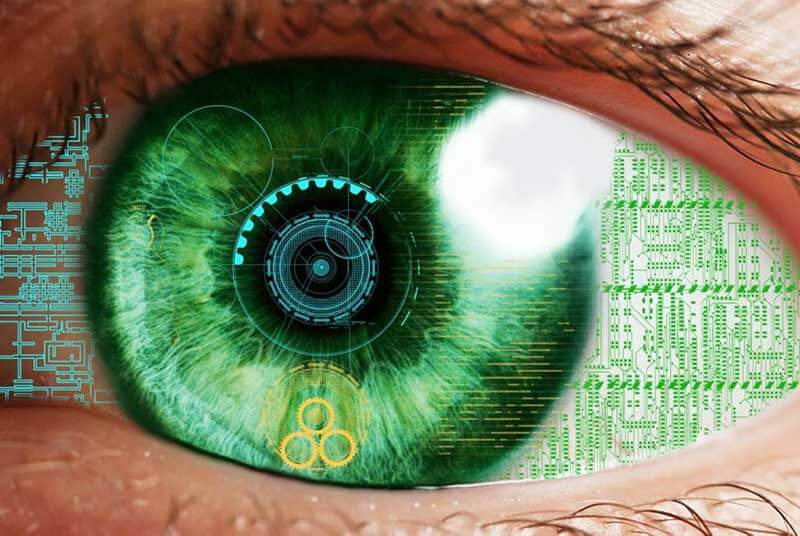
Brain implants
“Computers are going to keep getting smaller and smaller. Ultimately, they will go inside our bodies and brains and make us healthier, make us smarter.”
Kurzweil notes that nanotechnology is still in its formative stage but experiments have yielded great results, especially in the field of medicine. For instance, neural engineering encompasses elements from robotics to computer engineering to nanotechnology. The latest nano-device, a neural prosthesis developed by a group of European researchers, has shown that carbon nanotubes prove highly effective for repairing damaged brain tissue.
Theodore Berger, a biomedical engineering professor at the University of Southern California, tested a brain implant on rats, which resulted in restoring lost memories. What’s more, the implant can stimulate the brain to form new ones, too. In other words, science is proving Kurzweil right. And Bryan Johnson, the founder of Braintree, is working on a neuroprosthesis to make the neural code programmable, allowing us to enhance our cognitive capacity beyond our imagination. With the ability to reprogram our neural code, the age of ‘super-intelligent humans’ is just around the corner, and it’s argued that a neuroprosthesis may help repair our cognitive abilities and combat neurological diseases.
Some see the promise of neural implants to allow us to compete with the coming machines. Elon Musk, CEO of Tesla Motors and CEO/CTO of SpaceX, wants to optimise human mental capacity using ‘neural lace’ technology. The neural lace is described as a device that grows with the brain. Through a brain-computer interface, the human mind will access the computing power of the best processors, allowing people to keep up with AI as the singularity approaches.
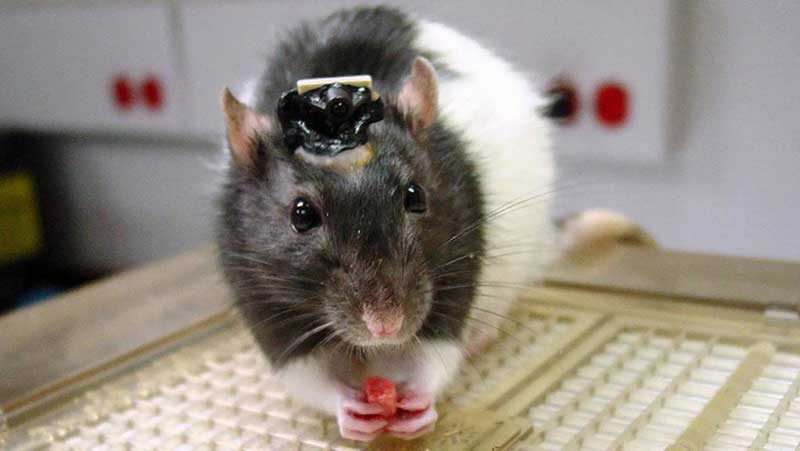
Virtual/Augmented reality
“By the end of this decade, computers will disappear as distinct physical objects, with displays built in our eyeglasses, and electronics woven in our clothing, providing full-immersion visual virtual reality.”
While he may have been a touch optimistic about the timing, as Kurzweil predicted, VR gadgets such as the Oculus Rift, Sony’s PlayStation VR, and Google’s Daydream platform have emerged as a new generation of VR devices that enable complete immersion into a virtual reality, engaging all the senses. With VR gadgets you can not only play games, but explore a new world – from the comfort of your sofa.
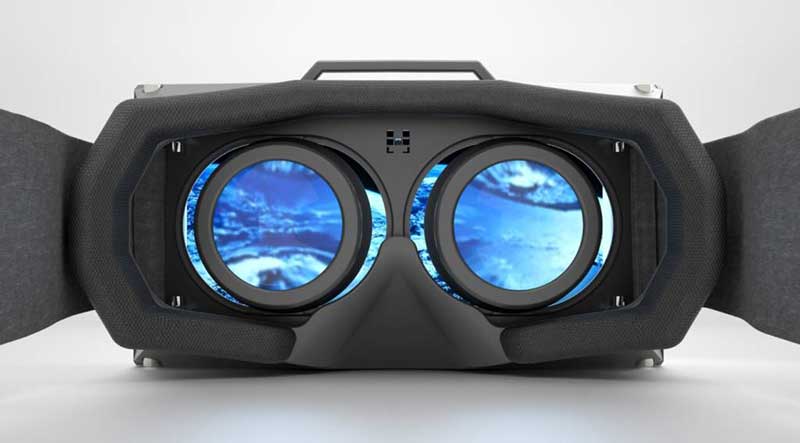
Kurzweil has been widely recognised as a genius, and it’s easy to see why. From inventions to help the blind to innovations in music and revolutionary insights into the future of AI and consciousness, Kurzweil is perhaps the foremost trendwatcher and prophet of the future.



